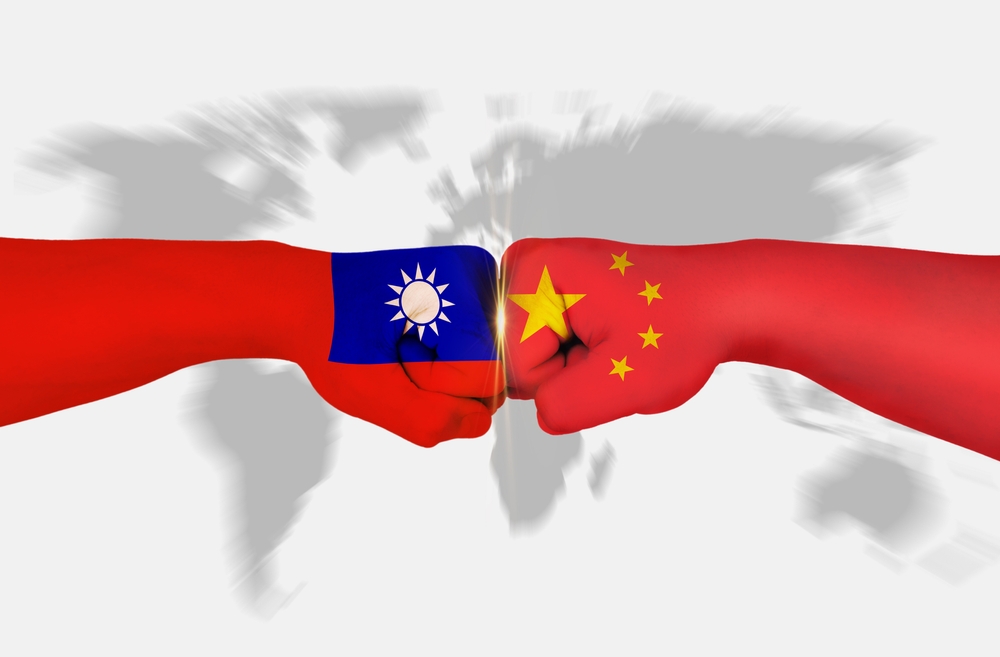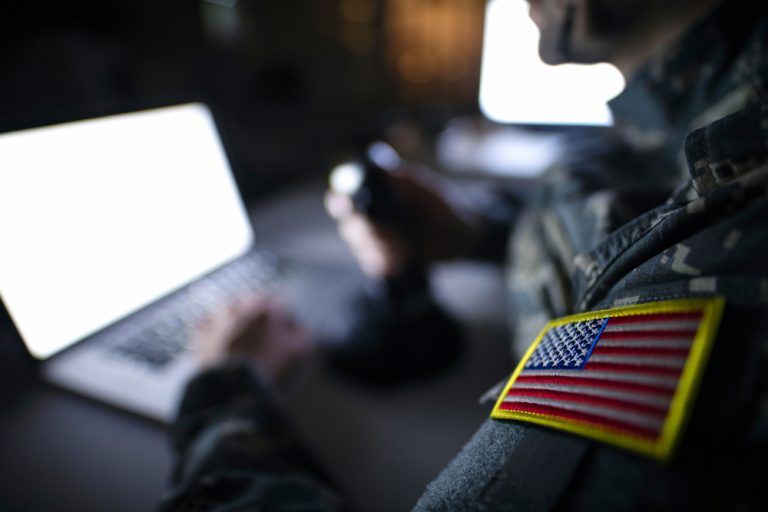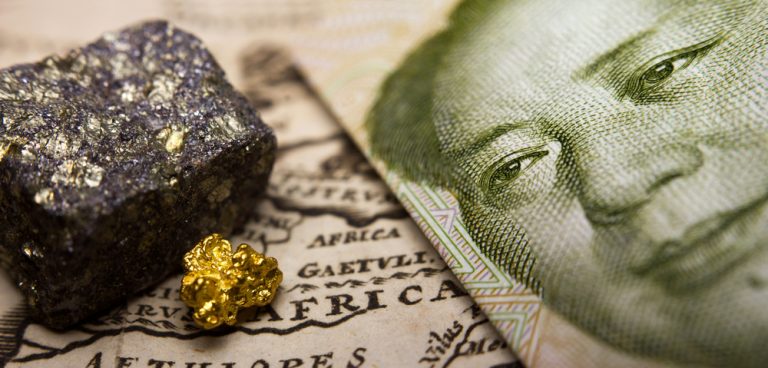
Taiwan crisis at a new “next” round of escalation
The conflict over Taiwan, which has its roots in the 1940s, escalated sharply last summer as a vivid symptom of the open Cold War between the United States and China. During this time, the U.S.-China struggle for the island state, important for its production of microcircuits and semiconductors, has been escalating and defusing. But it was obvious to many experts that sooner or later the confrontation could lead to a real hot war in the Pacific. The events of April well demonstrated that such a threat always remains real. This time, the U.S. and China found themselves on the brink of a new conflict because of the excessive American attention to their loyal Taiwanese president. In early April, the neoconservative Hudson Institute hosted a big event in New York with Taiwanese President Tsai Ing-wen, where she was given a “world leadership” award for curbing China’s influence.

Not surprisingly, in response to such revelations, Beijing has once again sent fighter jets and warships toward Taiwan. In this light, Ing-wen tried to convince the assembled politicians and businessmen that supporting Taiwan was a priority. After all, Taipei now has to fight for Washington’s attention amid the Ukrainian conflict. Taiwan is already short on U.S.-ordered weapons because they are going to the Ukrainian front in droves. Also, Taiwan’s president hoped to negotiate a double taxation relief for Taiwanese companies like TSMC, which is now moving its chip plants to the U.S. This is hardly good for the country, and the opposition Kuomintang party regularly accuses Ing-wen of seeking to sacrifice the interests of the Taiwanese in favor of the United States. At the same time, Washington has once again criticized China for reducing Hong Kong’s autonomy. This allows the U.S. to impose sanctions on Hong Kong banks and companies, but many in Washington still fear that Taiwan will eventually follow in Hong Kong’s footsteps. Taiwan’s pro-Chinese Kuomintang could win elections in as little as a year, and Ing-wen’s visit was an attempt by Taiwan’s lobbyists to reassure doubters in Washington that her party could hold on to power. After all, if the U.S. political class becomes unconvinced, Taiwan’s military tranches will quickly be cut off to the more promising Philippines, Japan, and South Korea.
The Taiwanese were also frightened by China’s new large-scale military exercises around Taiwan, involving 42 planes and 8 warships. These are the largest exercises since August 2022, when Nancy Pelosi visited Taiwan, and were a direct response to the Taiwanese president’s trip to the United States. Anti-Chinese radicals in Congress call it an “act of aggression” against Taiwan, and the Hudson Institute, where Taiwanese leader Tsai Ing-wen spoke, called on the White House to abandon the policy of One China and recognize Taiwan as an independent state. By the way, the exercises involve long-range jet artillery, naval destroyers, missile boats, fighter jets and bombers, and Washington perceives this with concern as preparation for a military operation in Taiwan. The Chinese military is now actively developing, and Chinese military experts are meticulously studying the experience of the Ukrainian conflict. Beijing wants to put into orbit up to 13 000 satellites, which will be analogous to Starlink. At the same time, the Chinese are looking for ways to destroy Starlink satellites and focus on creating drones with artificial intelligence, new communication encryption systems and means of protection against American missiles. The U.S. expects an acute phase of the crisis in 10 months, when strong turmoil may begin after the elections in Taiwan, and a change of policy of the country is likely. But there is another point of view: the Pentagon is afraid that the U.S. presidential election will throw the country into political chaos, and China will take advantage of this, as it has already begun to convince Europe to leave the wing of an unstable America.

Probably that’s why in response to China’s military exercises around Taiwan, the Pentagon has urgently sent the missile destroyer USS Milius to the South China Sea, which, according to the U.S. military leadership, is supposed to embody the “freedom of navigation” in the waters of the Taiwan Strait. Washington anxiously perceives China’s current exercises as a simulation of taking Taiwan under naval blockade and missile attacks on targets on the island. Beijing, on the other hand, promises to prevent any attempts at “foreign interference” in Taiwan’s affairs by, for example, blocking the shipment of U.S. weapons to the island. In this light, the Pentagon finally intends to start supplying weapons to Taiwan according to the Ukrainian scenario and asks the Congress for the right to issue arms to Taipei from the existing U.S. stockpiles, without waiting for the production of new missiles, shells or fighter jets, even if it would damage the needs of the Ukrainian and even the American army. Taiwan has been in line for U.S. weapons for years, and the total amount of outstanding orders exceeds $19 billion. However, with the start of the Ukrainian crisis the situation has gotten so much worse that Washington does not expect these contracts to be fulfilled until at least 2027. At the same time, the Pentagon is seriously expecting a conflict in the South China Sea in the next couple of years until 2025. And so they will speed up with the supply of weapons and sending U.S. instructors to train the Taiwanese. Nevertheless, this only motivates China to accelerate the return of Taiwan bringing the timing of a possible conflict closer.
The U.S. is also concerned about the position of its European partners, against the backdrop of whose visit to China a new round of the Taiwan crisis began. Before the event, Chinese authorities announced a three-day drill in the Taiwan Strait requiring all ships to undergo a mandatory inspection. Because of this, the U.S. has directly accused China of an “act of aggression” against Taiwan, although the new Chinese requirements were probably introduced as a response to the Taiwanese president’s tour of the U.S. and her meeting with U.S. lawmakers in Los Angeles. Ship inspections could apparently be used in the future to discourage arms shipments from the U.S. to Taiwan. Beijing could also use such measures to show its desire to respond in a nonmilitary way to the U.S. policy of turning the island into an anti-Chinese beachhead, which Washington calls an “unsinkable aircraft carrier”. But much more important and dangerous for the Americans is the economic rapprochement between China and the EU. For example, the countries managed to agree on the opening of a new assembly plant for Airbus planes. To be fair, it is worth admitting that the main points of conflict have not been resolved: the supply of lithography for chip production from the Netherlands to China remains frozen, and the issues of blocking TikTok in Europe and restrictions on the purchase of 5G equipment from Huawei have not been resolved. Nevertheless, the disposition for the U.S. is not very good. Europe, one way or another, will seek economic cooperation with China; the desired Chinese war in Taiwan may not take place, and everything will end with a banal “Hong Kong scenario”, where Taipei will become another province of China in a quite peaceful way. However, the chances of long-term tensions escalating into a heated conflict are still very high.

